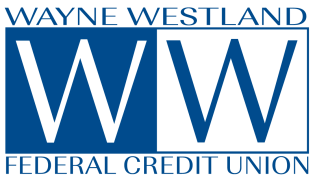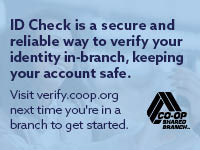What is a credit union?
A credit union is a not-for-profit, cooperative financial institution that is owned and controlled by its members. Credit unions serve people that share something in common such as an employer or place of worship. Credit unions allow members to pool their savings, lend to one another, and have a voice in the governance in the organization. This aspect of credit unions is particularly appealing given the increasing alienation many consumers are feeling from mega banks.
Credit unions are similar to banks in that they offer many of the same services such as check and savings accounts as well as loans. Deposits are also federally insured with credit unions as they are with banks. Credit unions combine these services with many other benefits such as personal service, generally lower interest rates and higher investment returns.
Steps to take to find a credit union to join.
Contact your employer to see if your company provides this benefit. If not, ask them to consider making the valuable benefit of credit union membership available. If a family or household member is eligible to join a credit union you may be eligible to join because of your relationship. Also, try contacting occupational, fraternal, religious and alumni organizations you are affiliated with to see if they have a credit union you can join. CreditUnionRate.com is also a good source to use when searching for a credit union.
What are benefits of a credit union?
Because credit unions are democratic, member-owned cooperatives, every member, regardless of account size, has a voice in governance. Each year, your local credit union holds an annual election and meeting where members select candidates for the Board of Directors from among its members to represent them in setting the policies of the credit union. As a member-owner of your credit union, you are entitled to vote on credit union business and elect new board members. You can also serve on your credit union’s volunteer board or one of its committees. Credit union elections are based on a one-member, one-vote structure. This structure is unlike the for-profit, public companies where stockholders vote according to the number of shares of stock they own.
Once you become a member of the credit union you always remain a member – as long as you maintain an account. Even after your discharge from services or relocation you can still be a member of your credit union.
Again, because you are a member-owner of your not for profit credit union you derive financial benefits that are reserved for stock holders at for profit banks. In other words, you get higher interest rates on basic savings (share) accounts, interest-bearing checking accounts and CDs. Many credit unions also pay “bonus” dividends in especially good years.
Credit unions also offer lower interest rates on credit cards and loans than banks. This comes as a strong point in favor of the credit unions. Many young families who are just starting out have very demanding financial needs and most often they are required to stretch their limited dollars. From credit cards to car loans, credit unions consistently offer lower rates, better terms and lower fees.
This holds true even for mortgage rates and equity loans. Credit unions are known to provide better and competitive mortgage rates and equity loans. Not only are the rates low, but closing costs generally are much lower than those paid through a conventional lender.
Your local credit union helps you make the most of your money. From personalized service to low interest and high returns its easy to see why 89 million members depend on a credit union to meet their banking needs.


